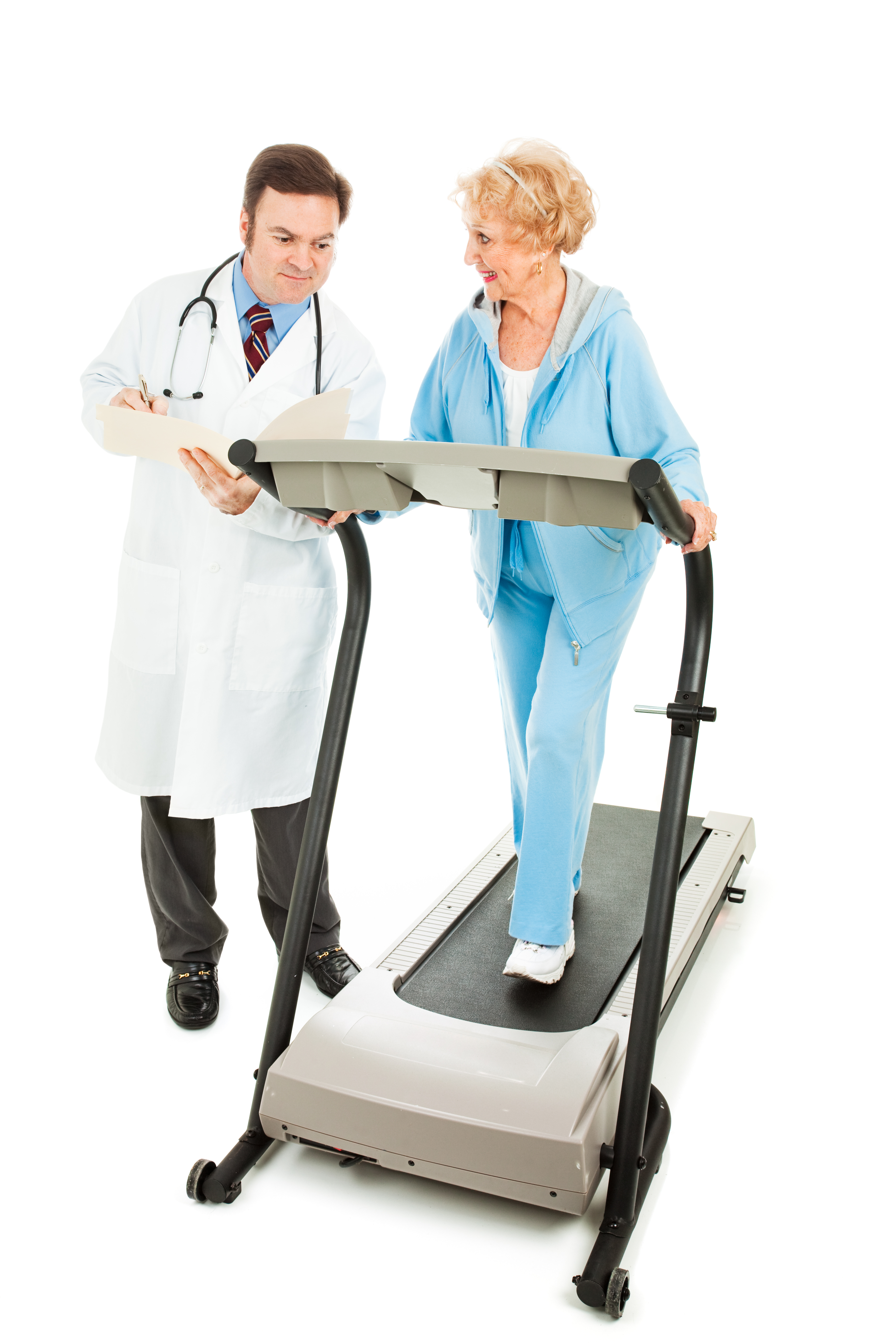In a recent review published in the journal Breath, a team of researchers from the Faculty of Physical Education and Sports Sciences, National and Kapodistrian University of Athens in Athens, Greece noted that cardiopulmonary rehabilitation programs partially reverse muscle weakness and dysfunction and increase functional capacity in both patients with chronic obstructive pulmonary disease (COPD) and those with congestive heart failure (CHF).
Although exercise capacity is limited in patients with chronic obstructive pulmonary COPD and those with CHF, there is clear evidence that the systemic consequences of these disease entities negatively impact daily physical activity levels.
Relatively inactive patients with COPD or CHF experience more intense symptoms when they engage in activities of daily living. Due to the unpleasant nature of dyspnea and leg discomfort, these patients tend to avoid such activities, eventually becoming less active.
Cardiac rehabilitation (CR) is a branch of rehabilitation medicine/Physical Therapy dealing with optimizing physical function in patients with cardiac disease or recent cardiac surgeries. CR services can be provided during hospitalization for the event or in an outpatient setting.
CR programs are evolving to become comprehensive prevention centers where all aspects of preventive cardiology care are delivered. This includes nutritional therapies, weight loss programs, management of lipid abnormalities with diet and medication, blood pressure control, diabetes management, and stress management.
In the review titled “Physiological basis of cardiopulmonary rehabilitation in patients with lung or heart disease,” Zafeiris Louvaris and Ioannis Vogiatzis, explain that despite the fact that the primary system impairment is different in patients with COPD or CHF, the underlying symptoms reported by these patients during exercise are common and are related predominantly to leg discomfort but also to shortness of breath.
According to the authors, cardiopulmonary rehabilitation programs significantly increase functional capacity in patients with COPD or CHF but their effects are rapidly attenuated after the completion of the program. The reason for this is that conducting “exercise,” which is defined as getting the heart rate above 30, helps to increase physical activity capacity. However, the opposite is not true: regular physical activity does not increase exercise tolerance nor does it improve how patients feel while conducting physical activity on a daily basis.
The authors further noted that home-based interventions using tele-monitoring equipment may constitute a promising intervention to maintain and/or further improve physical capacity in patients with COPD or CHF.

